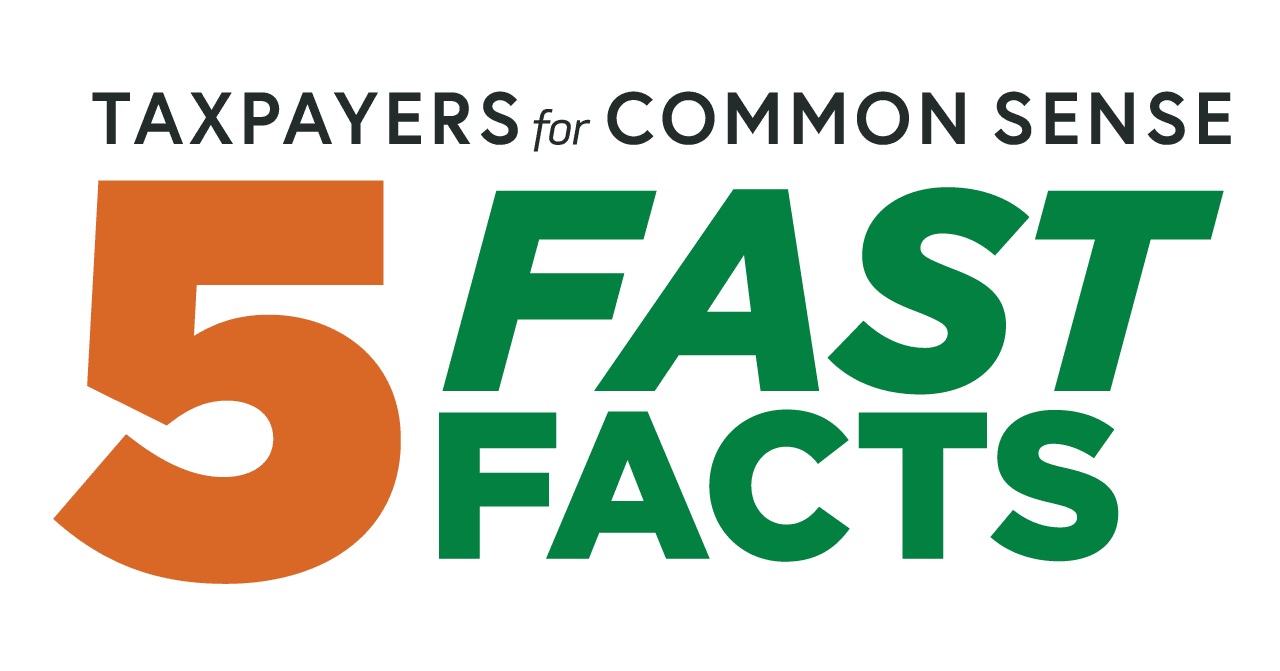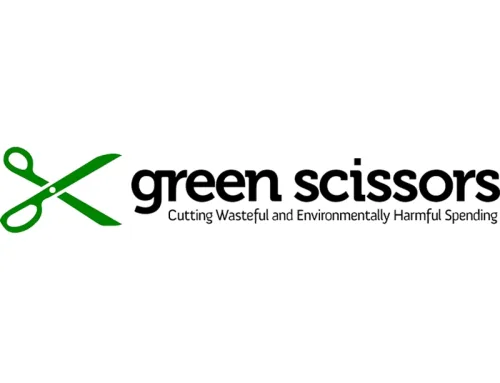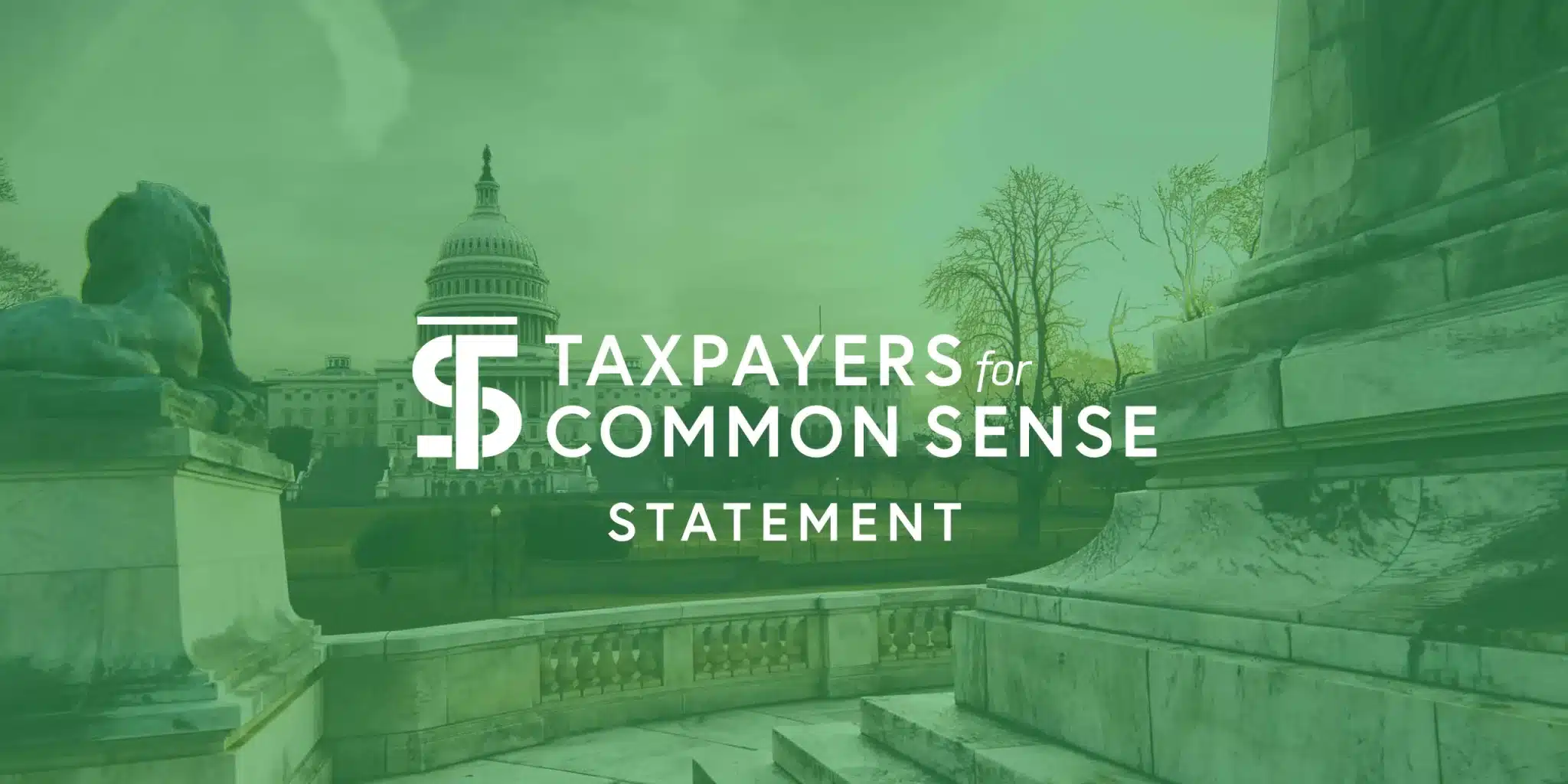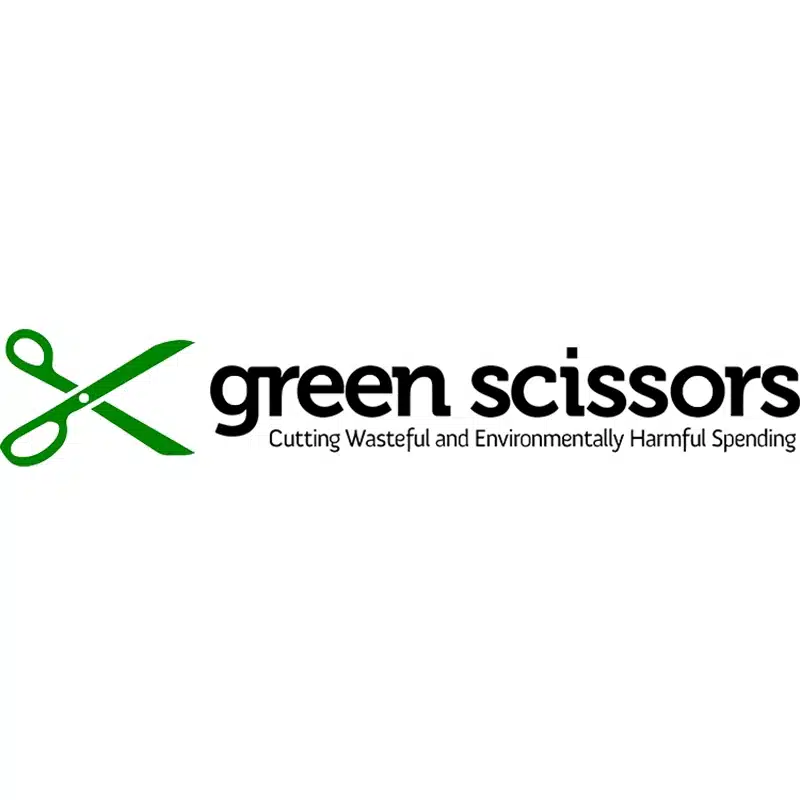about
Oversight of the 45Q Tax Credit
The 45Q tax credit for carbon sequestration was first introduced in 2008 under the Energy Improvement and Extension Act to incentivize carbon capture investments. It was significantly expanded in 2018 through the Bipartisan Budget Act, which removed the cap on the total amount of carbon eligible for the credit. The Inflation Reduction Act (IRA) of 2022 further increased the credit amount and availability. The Treasury estimated that 45Q would cost taxpayers $36.2 billion from FY2023 to FY2033. Given the significant cost of the credit, it is crucial that the IRS administers 45Q fairly and accurately, and in a way that ensures real emissions reduction.
However, current IRS regulations for the 45Q tax credit, issued in 2021, have significant oversight gaps that leave the credit vulnerable to fraud and abuse. The rules do not sufficiently ensure that facilities sequester the amount of carbon they claim for the credit or that the sequestered carbon remains underground. As the IRS works on a proposed rule to implement changes directed by the IRA, the agency has the opportunity to address these oversight gaps.
- NEARLY $900 MILLION IN 45Q CREDITS WERE FRAUDULENTLY CLAIMED WITHOUT EPA COMPLIANCE.
A 2020 investigation by the Treasury Inspector General for Tax Administration revealed significant fraud in the 45Q tax credit program, with approximately $894 million in credits claimed despite not complying with Environmental Protection Agency (EPA) reporting requirements. Facilities claimed the credits before obtaining EPA-approved monitoring, reporting, and verification (MRV) plans. This investigation exposed systemic oversight weaknesses, highlighting the need for stronger safeguards to prevent fraudulent claims. While the 2021 rule clarified some reporting and documentation requirements, the regulatory framework still has significant gaps that leave the 45Q program vulnerable to abuse.
- THE EPA DOES NOT REQUIRE SPECIFIC CONSISTENT STRATEGIES OR TIMELINES IN MONITORING, VERIFICATION, AND REPORTING PLANS.
Facilities claiming the 45Q credit for geological sequestration must report to EPA under Subpart RR of the Greenhouse Gas Reporting Program. Subpart RR requires EPA-approved monitoring, reporting, and verification (MRV) plans, which only describe how facilities intend to monitor leaks. However, the EPA does not mandate specific monitoring strategies or technologies for these plans, leaving companies to set their own standards. There are also no explicit requirements for the timing of monitoring activities or onsite verification of data submitted under Subpart RR.
- OPERATORS USING ISO STANDARDS ARE NOT REQUIRED TO REPORT LEAKS OR MAKE INFORMATION PUBLICLY AVAILABLE.
Facilities claiming 45Q credits for enhanced oil recovery (EOR) can opt to comply with either EPA Subpart RR or the International Organization for Standardization standard (CSA/ANSI ISO 27916:19). The ISO standard does not mandate reporting of leakage information, which raises concerns, as leakage from EOR projects can occur over decades. Additionally, the IRS does not require EOR operators using the ISO standard to make their reports publicly available.
- THE GOVERNMENT DOES NOT PERFORM ONSITE VERIFICATION, ALLOWING EOR OPERATORS TO SELF-CERTIFY SEQUESTERED CARBON VOLUMES.
The IRS allows operators complying with Subpart RR to self-certify the volumes of carbon dioxide they report when claiming 45Q credits. This self-certification may not accurately reflect actual sequestered volumes. While Subpart RR data is publicly available, it does not provide enough information to verify the total amount eligible for the credit, as it only requires reporting of the aggregate sequestered volume, which could include ineligible sources like naturally occurring reservoirs. Neither the EPA nor the IRS performs onsite verification, raising concerns about the reliability of the data used to claim these tax credits. More robust oversight, including third-party verification, is needed to ensure the accuracy and credibility of reported data.
- IRS DOES NOT REQUIRE CLAIMANTS TO MAINTAIN RECORDS FOR MORE THAN THREE YEARS AND CANNOT CLAW BACK CREDITS AFTER THAT PERIOD.
Although taxpayers can claim 45Q credits for up to 12 years, both the IRS and EPA only require facilities to retain records on sequestered carbon for three years after injection. Additionally, the IRS can only claw back 45Q credits if stored or injected carbon leaks within three years. This creates a major discrepancy when managing long-term liabilities associated with carbon storage, as leaks can occur well beyond the three-year retention period.












Get Social